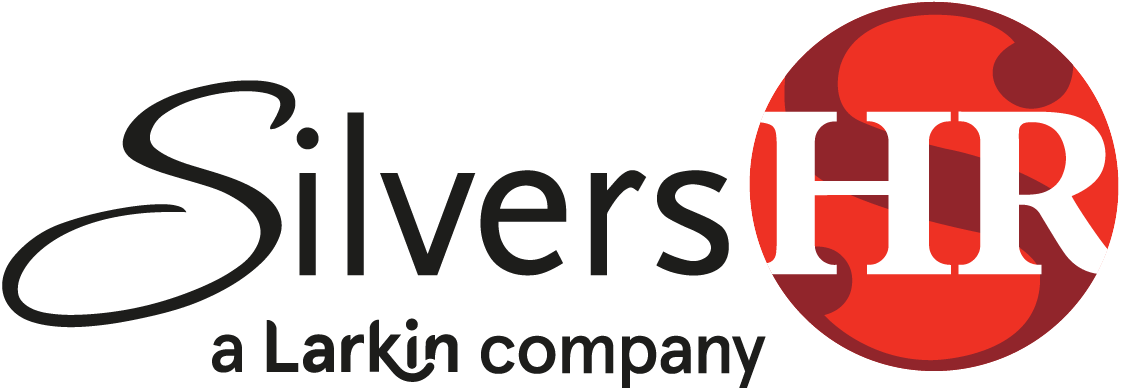by Susan R. Breslauer, SPHR-CA
We recently received the following scenario and question regarding the Family and Medical Leave Act (FMLA) from a client:
Our business has 3 separate companies with 60 employees in total related by ownership (the same owners for all 3 companies), but they are separated into 3 different employer tax identification numbers, payrolls and have different benefit packages. None of the single companies/locations have more than 50 employees. Do FMLA rules apply?
The answer is the ever popular “It depends.” Here’s our answer to this question regarding the FMLA rules for determining whether an employer with several businesses is considered to be a “single employer” for purposes of FMLA….
If an employer meets the “integrated employer test” stated in the FMLA regulations, it would be considered a single employer for FMLA and would need to count the total employees at all 3 of their companies towards the 50 employee count for purposes of FMLA.
The 50 employee count is not determined by counting the employees at any single point in time. If an employer had at least 50 employees in total on 20 payroll weeks in the past year (2011) or in the current year (2012), the employer would be subject to FMLA.
In this particular employer’s case, most of their employees would not be eligible for FMLA since they do not work in a locations where there are 50 employees in a 75-mile radius. This is one of the eligibility criteria that must be met for an employee to be eligible for FMLA; in addition, an employee would need to be employed for at least one year and have worked 1,250 hours in the past 12 months. However as they grow and reach 50 employees at each location, it becomes even more critical that their FMLA policies and practices are in place.
The FMLA’s integrated employer test can be used to determine if several companies are considered so interrelated that they constitute a single employer. Here are the factors to consider:
- Common management (i.e., common managers who control day-to-day operations, authority to hire/fire, employment matters)
- Interrelation between operations (i.e., administration, payroll, human resources, shared employees, purchasing, advertising/marketing, tax prep, banking, leases)
- Centralized control of labor relations (i.e., power to hire/fire, control of work schedules)
- Degree of common ownership/financial control (owners in common)
No single factor above is conclusive, but the ownership and control of labor operations are the most critical factors.
In this employer’s case, the 3 separate businesses and locations were controlled by the same owners and therefore would likely be subject to FMLA. In addition, these owners all had financial control and they jointly made key business decisions about purchasing materials, budget, payroll and staffing.
If your company has multiple, separate businesses and locations and you are unsure if you should consider the businesses together for purposes of FMLA, we advise you to consult with your HR Consultant or employment attorney for assistance.
Copyright 2012 Silvers HR, LLC
